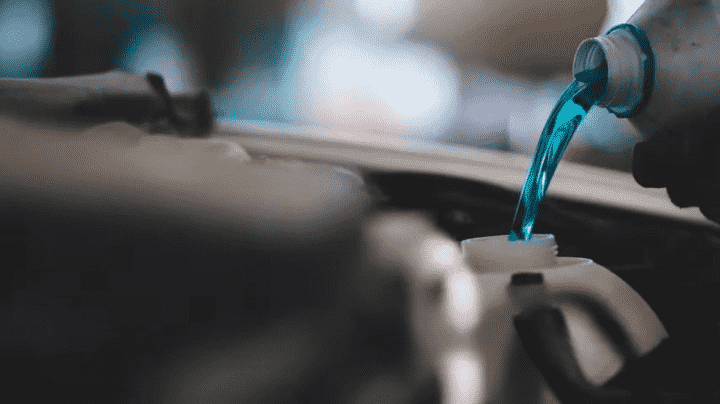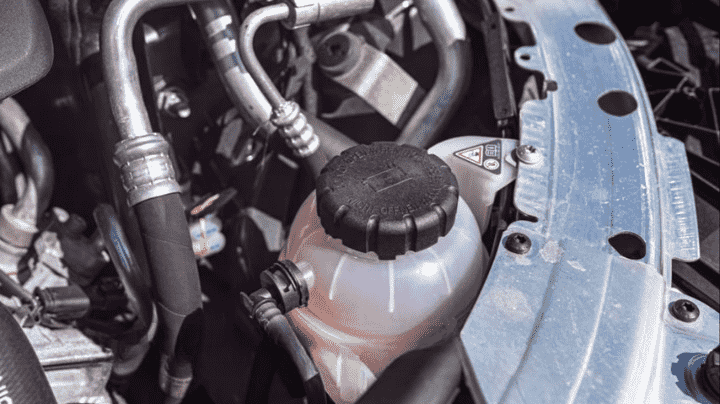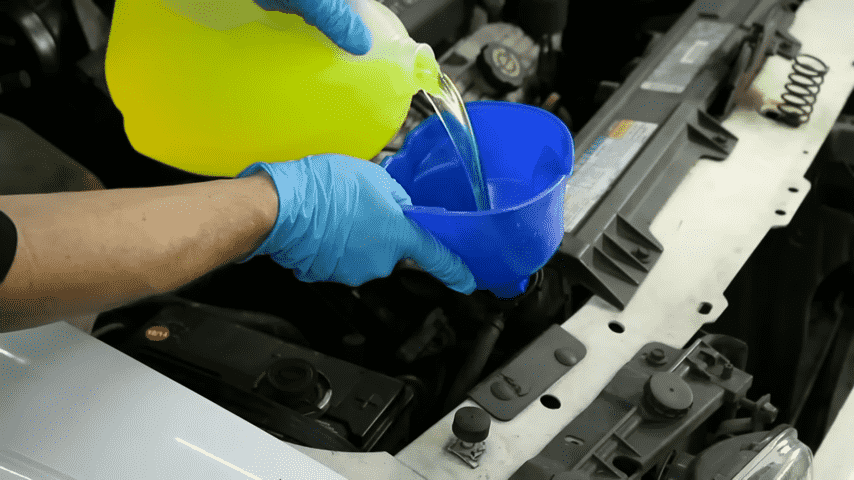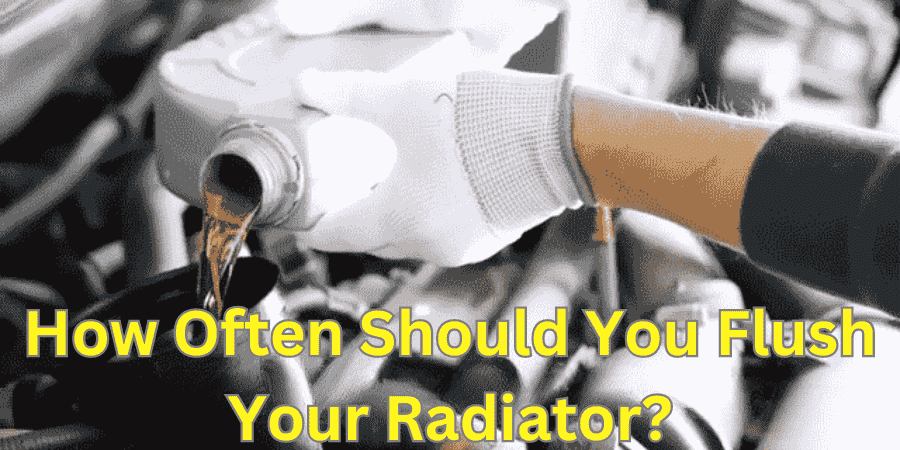Hey there! Have you ever asked yourself why your vehicle’s engine slows down or gets hot on a day when the sun is shining? Some signs that you may need to consider taking your radiant out for tender loving care include the following. It is important to have your vehicle radiator well serviced to have a well-performing vehicle.
This is one of the core maintenance processes considered crucial for every car’s proper functioning, and radiator flushing is one of them. Now that we have an overview of what radiator flushing is all about, let us take a closer look at the process and when it should be done to enhance your car’s performance.
How Often Should You Flush Your Radiator? is that a radiator should generally be flushed once every 30,000 miles or every two to three years, depending on various factors such as driving conditions, vehicle age and type, and manufacturer recommendations. Regular flushing helps maintain optimal engine performance, prevents overheating, and extends the lifespan of the radiator by removing sludge and debris that can hinder the cooling system’s efficiency.
How Often Should You Flush Your Radiator?
General Guidelines

Well, what is the ‘flushing frequency’ of your radiator? Another general guide is that the radiator should be flushed one time for every 30,000 miles of operation or two to three years of ownership, whichever specifically applies. But this depends on several factors.
What is Radiator Flushing?
Radiator flushing is like giving your car’s cooling system a beauty treatment of a lifetime. It entails draining the old dirty coolant in your radiator and then adding fresh coolant. This process helps to clear all the sludge, rust, or debris that would be hindering heat exchange and clogging up your radiator so as to give your engine the much-needed cooling it requires to run efficiently again.
Definition and Purpose
In a nut shell, the process of radiator flushing is clearing out the radiator as well as the cooling system from deposits. The primary purpose is to keep the engine at the right temperature and not overheat it.
Signs Your Radiator Needs Flushing

No time to waste! Still undecided if it’s the right time for a radiator flush? Look out for these signs:
- Overheating engine
- Discolored coolant
- Coolant leaks
- Presence of dirt or sediment in the form of sludge or rust in the radiator.
What do Radiators ask us?
Preventing Overheating
Coolant, in the long run degrades and therefore is not able to work as it is supposed to. This can lead to your engine overheating and that is strictly prohibited to do under any circumstance. Flushing the radiator often ensures that there is a proper flow of coolant as well as accurate control of temperature.
Extending Radiator Lifespan
Cleanliness is next to godliness they say, and that applies to radiators as well; a clean radiator is indeed a happy one. De-soldering rids the accumulations that further cause corrosion of the radiator and other parts of the cooling system.
Improving Engine Performance
Proper maintenance implies that your cooling system will be optimal for your engine to operate the way it is designed. Optimum temperature management enhances the general performance of the engines and, at the same time, boosts the fuel economy.
Factors Affecting Frequency
Driving Conditions
If, for instance, you often drive in very hot or cold areas or under other tough conditions, then you might have to flush your radiator more often. Heavy traffic, toting of heavy cargoes, or driving on bumpy roads tends to exert pressure on the cooling system.
Vehicle Age and Type
Cars that are old or those with a known history of cooling system problems may need more frequent flushing. Also, depending on the make or the model of the car, there are some disparities in the design and the operational parameters of the cooling system.
Manufacturer Recommendations
It’s also important that you consult your vehicle’s owner’s manual for these specific instructions given by the manufacturer. Their tips are always better since they recommend the one best suited for your car’s make and model.
Step-by-Step Guide to Flushing Your Radiator

Are you in the mood to bend down and decline that radiator? Below is a guide to enable you to follow the process effectively.
- Preparing for the Flush
- Tools and Supplies Needed
- Radiator flush solution
- New coolant
- Drain pan
- Funnel
- Gloves and safety glasses
- Distilled water
Safety Precautions
- See that the engine is cold before starting.
- That is why it is recommended to work in an intensified area with proper ventilation.
- To prevent exposure to coolant, one should wear safety clothing and other protective equipment.
Draining the Old Coolant
Locating the Drain Plug
Locate the water drain plug at the lower end of the car’s radiator. Position the drain pan beneath it to collect the old coolant.
Proper Disposal of Old Coolant
Drain the old coolant and dispose it with the help of relevant authorities such as the center that recycles coolant or an auto shop. More to the point, never pour it down the drain.
Flushing the Radiator
Applying a Radiator Flush Solution
On the radiator flush solution, there’re usually some imperative guidelines that one is supposed to follow. Add it into the radiator and let the car run at medium speed for the time indicated for the anti-freeze to flow to all parts of the engine.
Flushing with Water
Once the flush solution is through, continue flushing the system and drain out the solution but fill up the radiator with distilled water. Start the engine again with the intention of washing out the remaining debris out of the system.
Refilling with New Coolant
Choosing the Right Coolant
It is recommended that you consult the owner’s manual for appropriate coolant recommendations specific to the type of car owned.
Refilling Procedure
If necessary, add coolant into the radiator, again, make sure the water and coolant ratio is correct.
Bleeding the Radiator
Removing Air Pockets
Open the radiator cap start the scooting engine, and allow it to idle for a while. This, in turn, assists in releasing any freely floating air in the system.
Final Checks
Inspect whether there are any leaks and whether the coolant level corresponds to the recommended level. Place the radiator cap back as a seal.
Verdict
Radiator flushing is a depressing routine yet a significant aspect in the car maintenance that can prevent one from complicated problems and ensure a sound car running. Follow the measures and procedures that have been discussed in this piece and your vehicle radiator will always be in the right state to perform the task of cooling the engine.
FAQs
How do I know if my radiator needs flushing?
Look for signs like an overheating engine, discolored coolant, leaks, or sludge in the radiator.
Can I flush my radiator with just water?
While water can be used for a basic flush, it’s best to use a radiator flush solution for a thorough clean.
What happens if I don’t flush my radiator?
Neglecting radiator flushing can lead to overheating, corrosion, and potential engine damage.
Is radiator flushing the same as a coolant change?
No, radiator flushing involves cleaning the entire cooling system, while a coolant change only replaces the old coolant.
How long does a radiator flush take?
A radiator flush typically takes about an hour to complete, depending on your experience and vehicle type.

